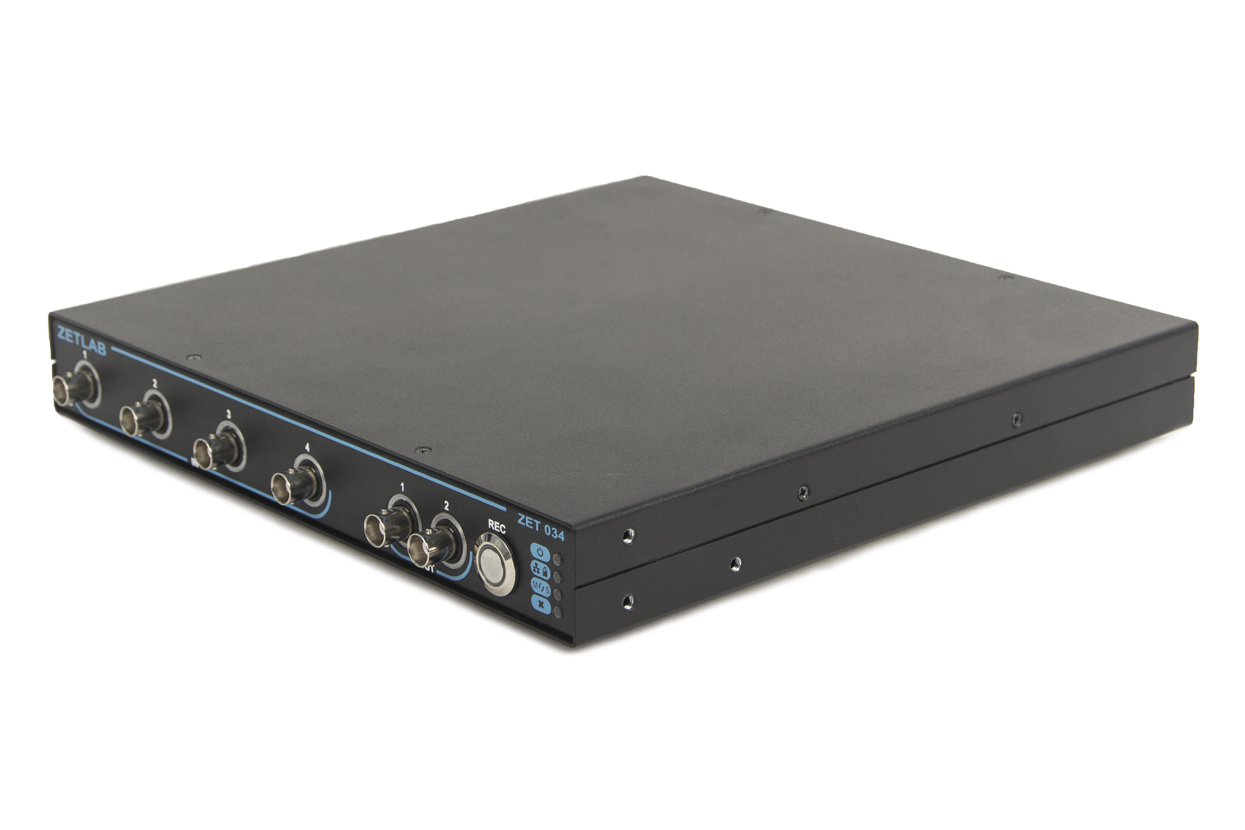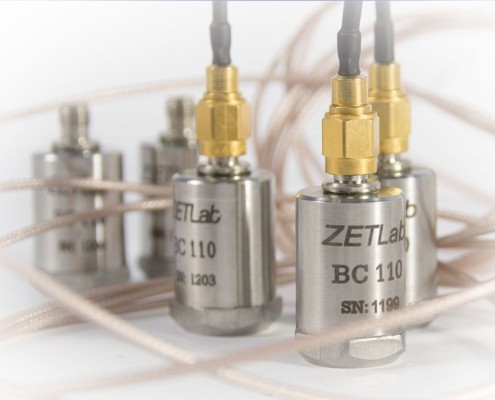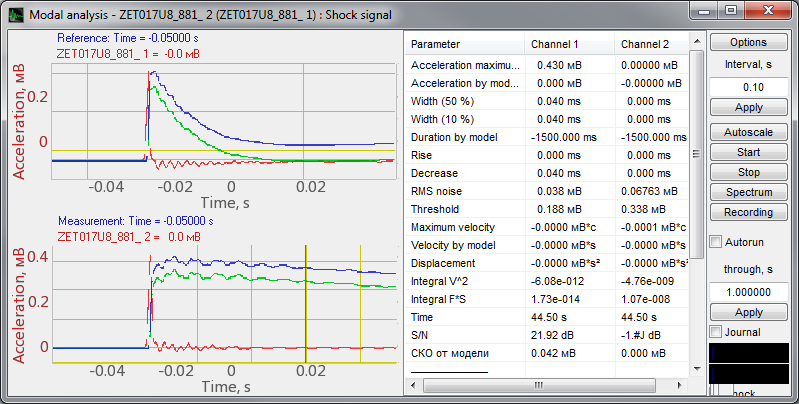Condition-based maintenance – general principles and description of the method
Condition-based maintenance method implies implementation of particular preventive maintenance activities as the equipment or machinery reach certain condition. Implementation of the condition-based maintenance (also referred to as “CBM”, or sometimes as “PdM” (predictive maintenance) has a number of advantages if compared to the repair activities in the case of actual machinery failure or standard scheduled maintenance activities.
Actually, there are several reasons for that. As the machinery failure occurs, further operation of the equipment unit is normally suspended for the entire duration of the repair activities, which inevitably leads to production downtime and financial losses. Besides, failure of the machinery unit is also likely to case the so-called collateral damage, resulting in prolonged downtime and higher material losses.
As for the standard scheduled maintenance practice, in spite of the fact that is widely spread nowadays, it still has certain disadvantages. First of all, the scheduled maintenance is mainly based on the recommendations of the machinery manufacturer or common industrial practices, which does not take into consideration the unique operational environment of a particular machinery unit. Another drawback of this seemingly prevailing maintenance and failure prevention method is that it may be considered to be financially inefficient, since it implies scheduled replacement of the particular spares and parts, while the ongoing defect or machinery failure can actually remain non-detected.
Now let us consider the features of Condition-based maintenance (CBM). The CBM method (also sometimes referred to as PdM) allows to make a forecast of the machinery unit operation condition based on the analysis of task-specific parameters and indicators of system operation. The main purpose of the CBM method is to ensure stable operation of the machinery unit, to increase the interval between repairs, thus reducing the downtime costs. Besides, this method allows both to avoid the so-called “over-maintenance” and to timely order the required spare parts.
Tips on introducing a comprehensive and cost-effective CBM monitoring program:
- It is necessary to analyze every failure pattern and to keep the corresponding data logs, including information about the profit losses attributed to the downtime of the machinery unit and the repair costs.
- Based on the accumulated data analysis, it is possible to understand whether the implementation of the CBM monitoring system will be financially justified (taking into consideration the cost of the CBM monitoring system installation).
- Make sure that facility staff undergoes regular training in terms of CBM monitoring program operation. It is also noteworthy, that the CBM monitoring system also requires certain maintenance.
- Prior to integration of the CBM monitoring system, it is necessary to make sure that implementation of this system will be profitable after reasonable period of time.
Components of the CBM monitoring system
Modern CBM monitoring system is a complex software and hardware suite utilizing a variety of state-of-the-art technologies. Since facility maintenance mainly implies monitoring of the industrial machinery operation, the key component of the system is the vibration monitoring. Thus, the diagnostics techniques of the CBM monitoring systems include:
- Vibration monitoring
- Acoustic analysis
- Process parameters control
- Regular visual inspection of the machinery parts
- Other NDT techniques and real-time monitoring systems
In spite of the variety of the diagnostics techniques available, it is the vibrational monitoring methods, which are most widely implemented and undergo constant development. The popularity of this monitoring method is attributed to the fact that any industrial machinery produces a set of specific vibration profiles, also sometimes referred to as the so-called “acoustic signatures”. This principle is universally applicable regardless of the machinery unit dimensions, weight, or operational speed (even though there used to be an assumption that the vibration monitoring is only applicable to machinery with rotating elements operating at the speed over 600 rpm).



